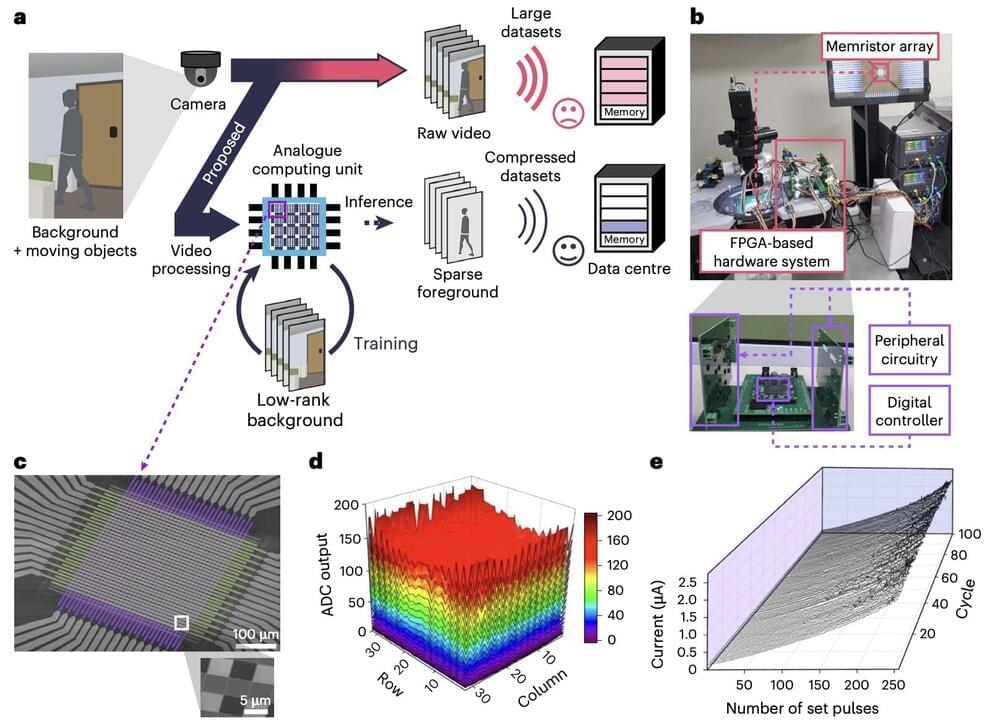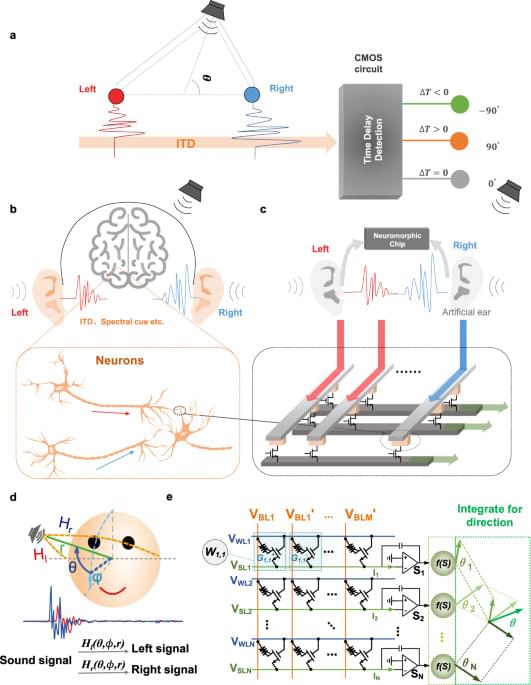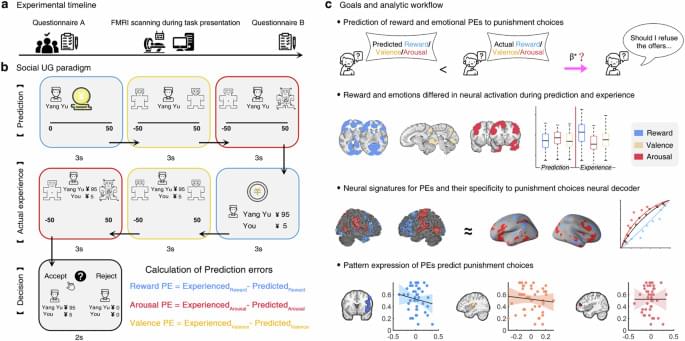Get a Wonderful Person Tee: https://teespring.com/stores/whatdamath.
More cool designs are on Amazon: https://amzn.to/3QFIrFX
Alternatively, PayPal donations can be sent here: http://paypal.me/whatdamath.
Hello and welcome! My name is Anton and in this video, we will talk about an intriguing experiment that created endosymbiosis.
Links:
https://www.nature.com/articles/s41586-024-08010-x.
https://pmc.ncbi.nlm.nih.gov/articles/PMC9040847/
Previous videos: https://youtu.be/GkuAzdS-VwA
#symbiosis #biology #life.
0:00 Endosymbiosis in a nutshell.
1:50 Examples.
3:00 Fungal endosymbiosis.
5:35 Questions that need answering.
6:10 Incredible new experiment.
6:48 What fungus was used.
8:00 What the experiment was trying to do.
9:30 Successful union and reproduction.
11:15 Major discoveries 13:00 Conclusions.
Support this channel on Patreon to help me make this a full time job:
https://www.patreon.com/whatdamath.
Bitcoin/Ethereum to spare? Donate them here to help this channel grow!
bc1qnkl3nk0zt7w0xzrgur9pnkcduj7a3xxllcn7d4
or ETH: 0x60f088B10b03115405d313f964BeA93eF0Bd3DbF
Space Engine is available for free here: http://spaceengine.org.







